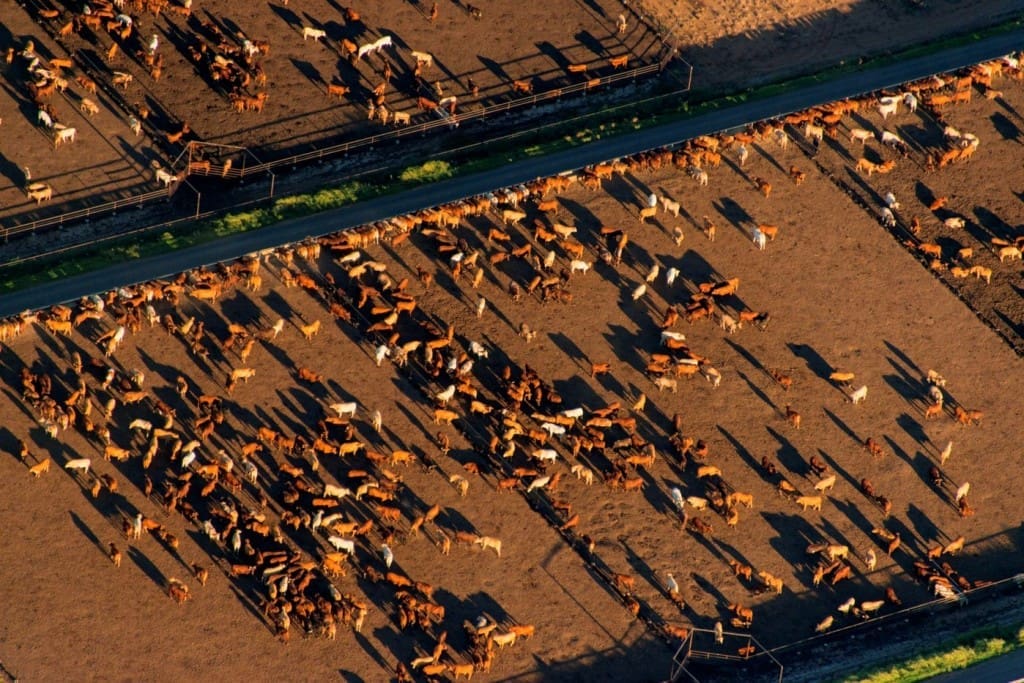The impact of hormonal growth promotants on eating quality through MSA grading will come under closer scrutiny in a new research project discussed during an industry forum held as part of Thursday’s MLA annual general meeting in Sydney.
Working collaboratively with a major supplier of HGPs in Australia, MLA has announced a project designed to better understand the eating quality impact of different types of growth implants.
A frequent criticism of earlier MSA work studying the effects of HGP on eating quality has been that it lumped all HGPs into one category, under a ‘worst case’ scenario.
However implants come in three forms, each known to have a different effect on eating quality, and associated traits like ossification, marbling and fatness:
- The so-called ‘aggressive’ or ‘hard’ HGPs use synthetic hormone compounds like trenbolone acetate
- The so called ‘softer’ HGPs use naturally occurring oestradiol-based compounds, which have a lesser effect on eating quality, and
- ‘Combo’ implants use a combination of both.
Currently, all implants are ‘assumed’ under MSA to carry the same effect as the worst-case TBA-based synthetic compounds.
To this point, MLA has resisted conducting more detailed eating quality research into the performance of different implant types, suggesting that further work would need to be financed by commercial entities.
The issue has come into greater focus recently with some international markets clarifying or establishing HGP tolerances for oestrogenic compounds, but not TBAs.
MLA program manager eating quality R&D, Dr Alex Ball, told Thursday’s forum that the new project, being conducted in collaboration with implant manufacturer Elanco, and using composite cattle supplied by the North Australian Pastoral Co, will see 300 grainfed steers processed later this month.
The steers were divided into three groups, receiving either a ‘harder’ TBA treatment, a ‘softer’ oestradiol treatment, or no implant at all, to act as a control. The first of the steers will die on November 24.
A selection of indicator muscles will then be subjected to a full MSA sensory panel eating quality assessment, to determine what the ‘real’ impact of different types of HGP are.
A second group of NAPCo grassfed steers will be processed and examined under similar circumstances early next year.
“We hope to have the first of the information early in the New Year, and of course we will be providing that out to industry,” Dr Ball told last week’s forum.
Ultimately, the project could see adjustments made to current MSA pathways assessment, with different impact allocations given to different implant programs, rather than the ‘one size fits all’ approach that currently applies.
Funding for the project is coming not from direct producer levies, but under the MLA Donor Company program, with the Australian Government providing financial support to match the voluntary partner contributions.
The MLA annual report issued on Thursday showed that the MLA Donor Company program in 2013-14 attracted almost $26 million private and public sector funds to industry R&D projects. A total of 82 new projects were approved last year. Since its inception in 1999, the MDC has approved 649 contracts worth $228 million.

